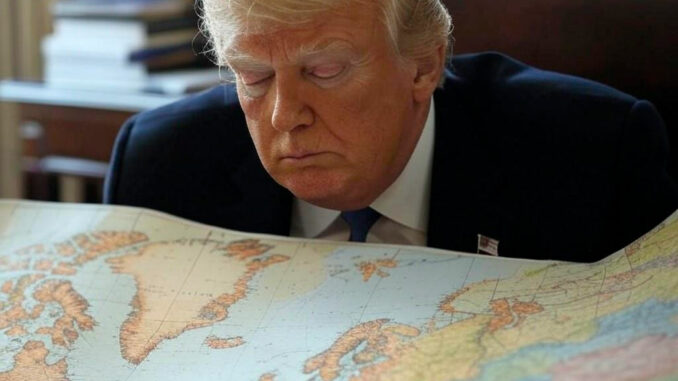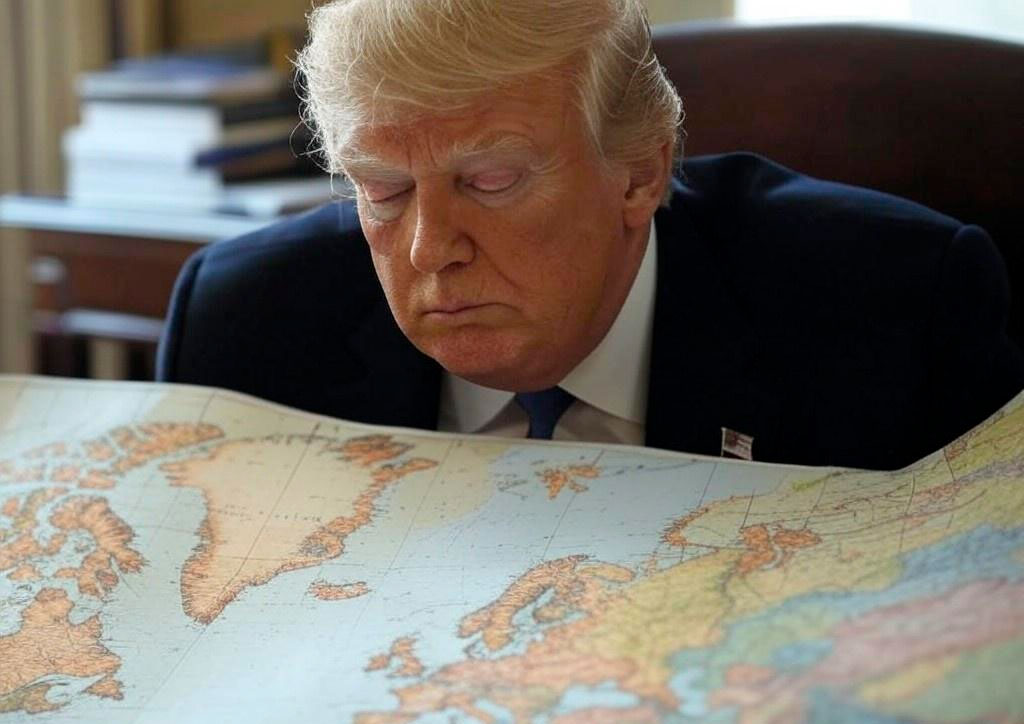
Find out why Greenland is a major strategic issue for the United States, against a backdrop of growing Arctic tensions.
Greenland, an autonomous Danish territory, occupies a key geopolitical position in the Arctic. The Pituffik space base, managed by the United States, plays a strategic role in missile defense and space surveillance. Faced with the opening up of new trade routes as a result of melting ice and the growing interest of China and Russia in the Arctic, the United States considers Greenland essential to its national security. This dossier analyzes the economic, geopolitical and security implications of this growing interest.
Greenland’s strategic importance for the United States
Greenland is an Arctic island located some 1,500 km from the North Pole, at the crossroads of emerging maritime routes such as the Northwest and Northeast Passages. These routes, made accessible by melting ice, could reduce transit times between Europe, Asia and North America by 20 to 40%. This makes it a crucial gateway for global maritime trade.
In military terms, Pituffik Space Base (formerly Thule Air Base) is at the heart of the US defense establishment. It is home to some 200 US military personnel and 450 contractors. The base supports the US missile warning system and offers satellite surveillance capabilities. In 2021, the US defense budget for the Arctic will amount to $3.8 billion, a significant part of which is allocated to infrastructure on Greenland.
Greenland is also close to the routes used by Russian submarines sailing between the Arctic and the Atlantic. This proximity reinforces its role in maritime and air surveillance in the North Atlantic.
An area of geopolitical rivalry
The ambitions of the great powers, notably China and Russia, in the Arctic have exacerbated American interest in Greenland. Since 2013, China has defined its role in the Arctic as that of a “nation close to the Arctic”. It has attempted to invest in mining projects in Greenland, including the extraction of rare earths, essential for cutting-edge technology.
In 2021, Russia stepped up its Arctic military exercises, mobilizing more than 50 submarines to the region. This has prompted Denmark to strengthen its own military posture, with a $2 billion investment in drones, ships and equipment for its Arctic command.
To counter these initiatives, the United States has proposed building a second military base in Greenland. This increased presence worries some Greenlanders, who fear excessive military dependence.

Economic consequences for Greenland
With just 57,000 inhabitants, Greenland is economically dependent on Denmark, which subsidizes the territory to the tune of 600 million euros a year. However, its economic independence remains limited due to its dependence on imports and underdeveloped infrastructure.
The opening up of new sea routes could generate income via rights of way and the exploitation of natural resources such as rare earths, estimated at over 38.5 million tonnes. However, this requires foreign investment.
The USA could play a role in this transformation in exchange for enhanced military cooperation. For example, Washington recently offered to invest in the extension of airport infrastructure to accommodate F-35 aircraft, valued at 250 million euros.
Prospects for Greenland and the Arctic region
Greenland’s future will depend on its ability to balance foreign influences with infrastructure development and security. As discussions on independence continue, regional players, including the United States and the European Union, will need to offer viable alternatives to support this transition.
Greenland is a key strategic terrain in modern geopolitics, and its role will continue to grow in the years to come.
War Wings Daily is an independant magazine.